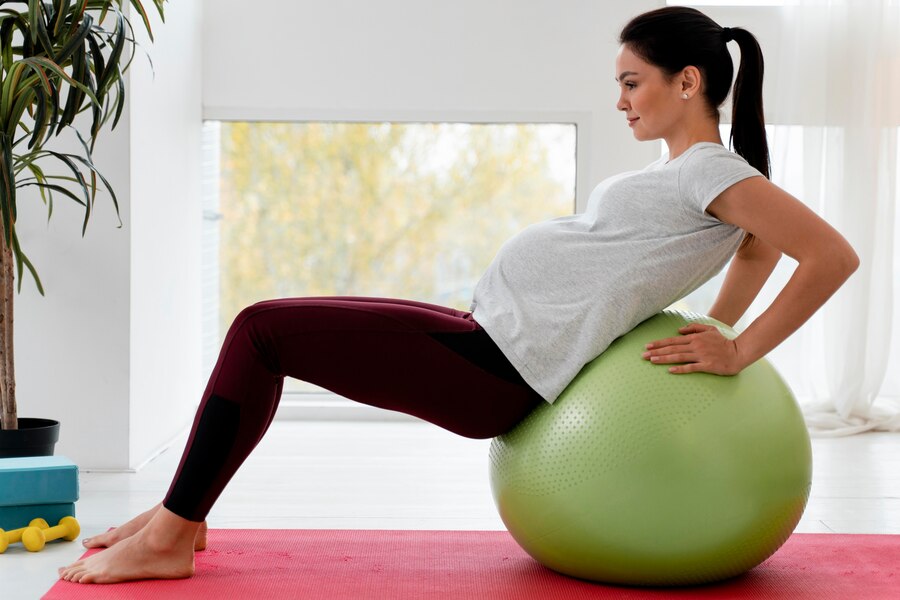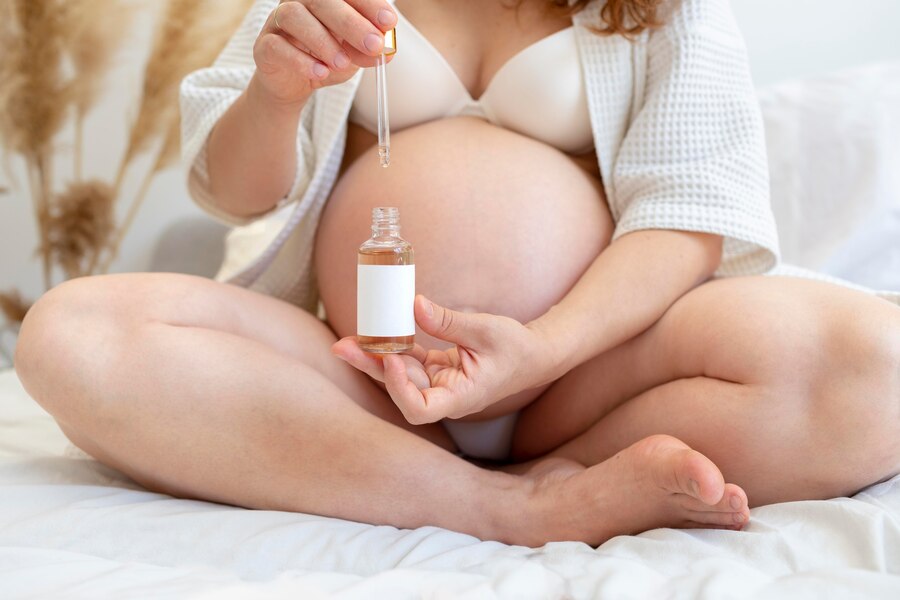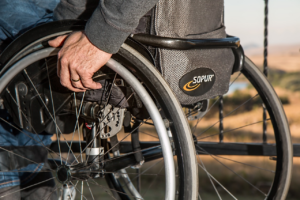
Stretch marks are a condition that can occur in both men and women as a result of the breaking of collagen and elastin fibers in the skin. During pregnancy, it is common for women to develop stretch marks in specific areas of the body as the skin expands to accommodate the growing baby over several months. They are most commonly found on the abdomen or breasts. Stretch marks on the abdomen are due to the growth of the uterus and usually appear in the second trimester of pregnancy. Other areas where stretch marks can develop include the lower back, buttocks, or even the vagina. They generally appear in areas where fat accumulates.
How can we prevent stretch marks during pregnancy?
When a pregnant woman seeks treatment for stretch marks, it’s important to remember that these marks are a normal part of pregnancy, signifying the incredible journey our bodies go through. There are no pharmacological treatments or similar methods to prevent the appearance of stretch marks, only to reduce their occurrence.
However, there are some tips to minimize their appearance or even attempt to eliminate them. Here are some of them:
Eating and Drinking Healthily During Pregnancy
Your diet should be varied and balanced. The key is to consume foods rich in nutrients and vitamins such as folic acid, iron, calcium, and iodine, but not high in fats. Your diet should include a wide range of vegetables, fruits, cereals, dairy products, and legumes, without forgetting your daily intake of protein from meat and fish.
A healthy diet also includes maintaining proper hydration. Drinking enough water and milk to provide you with calcium is essential. You can also have juices, preferably natural and unsweetened. Of course, alcoholic beverages and coffee are prohibited.
Vitamins A, C, and E help with collagen production, the fiber that breaks and causes stretch marks.
Exercising During Pregnancy

For your well-being and achieving an ideal weight gain, it’s essential to engage in appropriate physical activities like swimming, yoga, walking, pilates, etc.
By engaging in moderate and consistent exercise, you’ll improve your cardiovascular and muscular condition and promote proper posture. All of this will provide you with better overall physical fitness, help you face pregnancy with fewer risks and helps the skin become more elastic and stretched.
Taking Care of Your Skin
During pregnancy, it’s crucial to apply protective sunscreen creams to prevent skin spots and burns. Due to hormonal changes, the skin undergoes alterations such as hyperpigmentation. Stretch mark creams are also essential, as they prevent the appearance of scars resulting from skin stretching.
There are, also, specialized creams for stretch marks, such as belly balm, that help prevent their appearance by increasing the natural elasticity of the skin.
One of the most reliable products in this category is Jess Beauty’s belly balm. Considering the reputation and trustworthiness of the brand is essential when choosing how to take care of ourselves.
Established and reputable brands often prioritize quality and safety in their formulations. Jess Beauty is a highly recommended and reliable brand that prioritizes high-quality, effective, and safe ingredients while producing high-quality products.

How to eliminate stretch marks
After childbirth, stretch marks begin to fade, although they may not disappear completely.
Truly, treating stretch marks at the earliest opportunity is crucial. As previously stated, eliminating them while they are still red is far simpler than dealing with the marks after they have become white.
Some of the most effective treatments for eliminating stretch marks include:
Cosmetics: Creams containing vitamin C, hyaluronic acid, onion extract, or Centella Asiatica are used to treat new, red stretch marks. Some interesting products include shea butter, rose hip oil, and coconut oil.
Retinol peeling: Retinol stimulates cell renewal and the production of new collagen. It cannot be used during pregnancy and breastfeeding, as it is aggressive and can irritate the skin.
Laser: Pulsed light therapy is a painless treatment used to eliminate red stretch marks. Fractional laser treatment stimulates collagen production and reduces the texture of stretch marks after several months of treatment.
Dermabrasion: This is a mechanical exfoliation that removes the superficial layers of the skin and stimulates cell renewal.
Carboxytherapy: Injection of carbon dioxide gas into the tissues contributes to oxygenation, circulation, and collagen and elastin production in the tissues.
Stretch marks are usually annoying. We don’t like to see them and feel like they ruin our skin. What we have to understand is that during pregnancy, it is normal for stretch marks to appear. The best thing we can do is to follow these tips to reduce their appearance and enjoy pregnancy.




